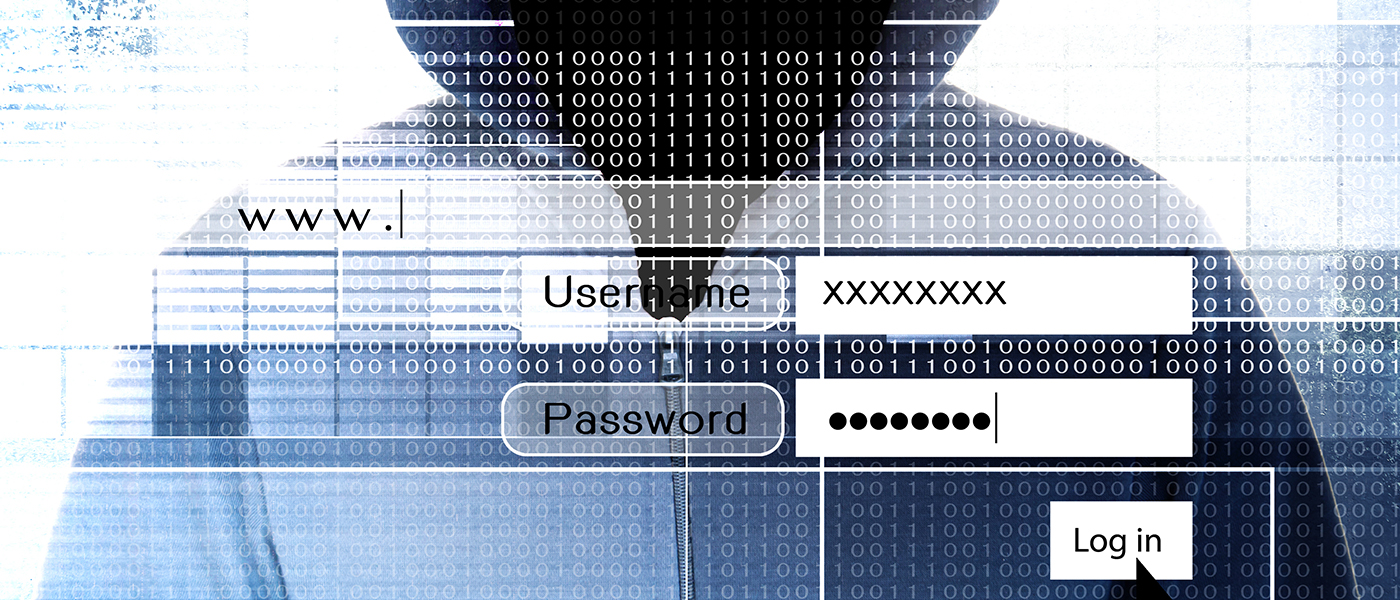Risky Behavior: How does your state rank in “cyber hygiene”?

From password sharing to failing to back up data to not checking URLs before clicking through, there are risky behaviors that leave consumers more vulnerable to identity theft. And some states are worse that others, when it comes to cybersecurity, according to a new report by the Ponemon Institute that ranks each state based on “cyber hygiene.”
The report, “The Cyber Hygiene Index: Measuring the Riskiest States,” is based on a survey of 4,290 consumers across all 50 states. The Cyber Hygiene Index (CHI) attempts to measure consumers’ ability to protect themselves from various criminal attacks, especially in the online environment. The index provides a score ranging from +37 points (highest possible CHI) to -39 points (lowest possible CHI).
Turns out Florida comes out dead last, with a score of -6.29. Wyoming, Montana, New Mexico Illinois round out the bottom five. New Hampshire ends up with a best score of 4.29, and together with Massachusetts, Utah, Rhode Island and Minnesota make up the top five. But regardless of where they live, it turns out most people are just terrible at cybersecurity. Only backing up data had a positive response rate: 51% say that they back up their data. No other activity was claimed by even one-third of those responding and some, like “have a different password for each account” were chosen by as few as 9% of respondents nationwide. In fact, for individuals in the bottom half of respondents with the most risky behavior, nearly half (49 percent) shared passwords regularly, and only 7 percent update their operating system software on a monthly basis (for security patches and other updates).
Why does cyber hygiene matter? Because identify theft is a leading cause of financial fraud, and poor computer behavior and hygiene are leading sources of stolen identities. To help retailers identify compromised credentials, that can be used to exploit employees and customers, SYMBITS has added ID Agent’s Dark Web ID to its suite of monitoring services. Dark Web ID combines human and sophisticated Dark Web intelligence with search capabilities to identify, analyze and proactively monitor for compromised or stolen employee and customer data. By focusing on real threats, Dark Web automates security, fraud and incident response for retailers Dark Web ID can be added to SYMBITs around the clock monitoring services, designed to proactively prevent issues, complemented by 24//7/365 Help Desk, staffed by techs specialized in retail support. For more information about SYMBITS suite of automated monitoring offerings, plus its full spectrum of services for new store set-up and optimizing & managing existing stores, contact Geovani Aday, Chief Technology Officer305.704.3553 or [email protected].






